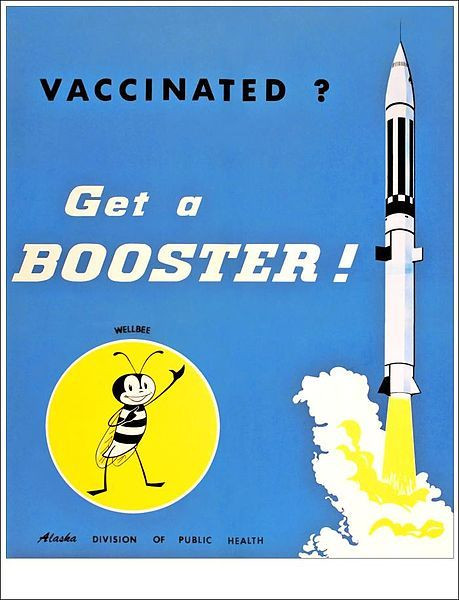CDC Removes Webpage About Polio Vaccine Contamination: Further Admission Of Guilt?

The story of Dr. Bernice Eddy is, if not well-known, then well-worth remembering. She is the bacteriologist whose job was — during the span of years between 1954 and 1973 — to conduct safety tests on vaccines at the National Institutes of Health (NIH). So it was she who tested the new polio vaccine in the earliest years of its use, just after it had been developed by Dr. Jonas Salk. Thrilled to think of this scientific leap that would save lives and heartbreak, the researchers at the NIH were filled with hopes of dispensing the vaccine widely throughout America. Polio, after all, is a gruesome illness. According to the World Health Organization, one in 200 infections leads to irreversible paralysis, and of those who become paralyzed, anywhere from five to 10 percent die when their breathing muscles become immobilized.
Production was already underway and the goal was to move the vaccine along as fast as possible. Unfortunately, Eddy discovered a problem; some batches of the vaccination caused paralysis in the test monkeys. Dutifully, she reported her findings to her superior and, to underline the need for caution and more careful evaluation of the vaccine before giving it to children, she sent along photos of a monkey seizing up in paralysis. Yet a surprising thing happened: instead of pausing production of the vaccination, the 'higher ups' at the NIH allowed it to continue. Eddy, though, continued to experiment with different cultures upon which the vaccine was based and discovered that hamsters developed tumors after being injected with a particular culture. After presenting her data at a conference, other researchers pursued this same line of investigation and in 1960 it was discovered that some vaccines had been contaminated with Simian virus 40 (SV40), a virus found in some species of monkeys.
Although two pharmaceutical companies, Merck and Parke-Davis, immediately recalled their polio vaccine, the NIH did not follow suit. "By 1960, the Salk injectable polio vaccine (IPV) had been administered to about 98 million American children and adults ... and it was estimated that 10% to 30% of the vaccines contained live SV40.... The tainted vaccines continued to be administered until 1963," said Michael Horwin in an article originally published in Albany Law Journal of Science & Technology.
Today
A few days ago, Natural News reported that the Centers for Disease Control and Prevention (CDC) had removed from its website an official fact sheet — entitled Cancer Simian Virus 40 (SV40), and Polio Vaccine — that explained the history of this public health error. Today, if you search that article, which provides a link to an archived fact sheet, you will be led down a cold trail. At another website, Above Top Secret, you will find similar claims with cut-and-pasted archival materials as well as the observation that this contamination issue had been documented in many places and the CDC's webpage is hardly a revelation. (The comment section, though, is worth reading and provides many points of view on the actions of the CDC.)
Where does this leave us?
Arguments have been made that the incidence of childhood cancer has risen since the 1960s. According to the American Childhood Cancer Organization, about one in 300 boys and one in 333 girls will develop cancer before their 20th birthday. The organization also states that there was an 118-percent increase in incidence among 0- to 19-year-olds between the years 1975 and 2006. According to Horwin, SV40 has been implicated in a variety of human cancers, including those affecting the brain, bone, and lungs. "[Scientists from around the world] have found SV40 antibodies in a significant percentage of people including children who were too young to receive the SV40 contaminated vaccines of the early 1960's," stated Horwin.
Is there definitive and convincing evidence that this incidence of SV40 antibodies arose from the contaminated polio vaccines? As some viruses never result in full-blown disease, does exposure to SV40 (as evidenced by antibodies) necessarily translate into the development of cancer?
Meanwhile, worldwide vaccination policies have nearly eradicated a terrible illness. According to WHO, since 1988, polio cases throughout the world have decreased by over 99 percent; from an estimated 350,000 cases in 1988 down to 650 cases reported in 2011 and only 223 cases reported in 2012. Today, polio remains endemic in only three countries in the world: Nigeria, Pakistan, and Afghanistan.
Most people would find this amazing progress, yet would they feel the same if it is eventually proven that the eradication of polio has resulted in a greater prevalence of cancer?
Source: Horwin ME. Simian Virus 40 (SV40): A Cancer Causing Monkey Virus from FDA-Approved Vaccines. Albany Law Journal of Science & Technology. 2003.



























